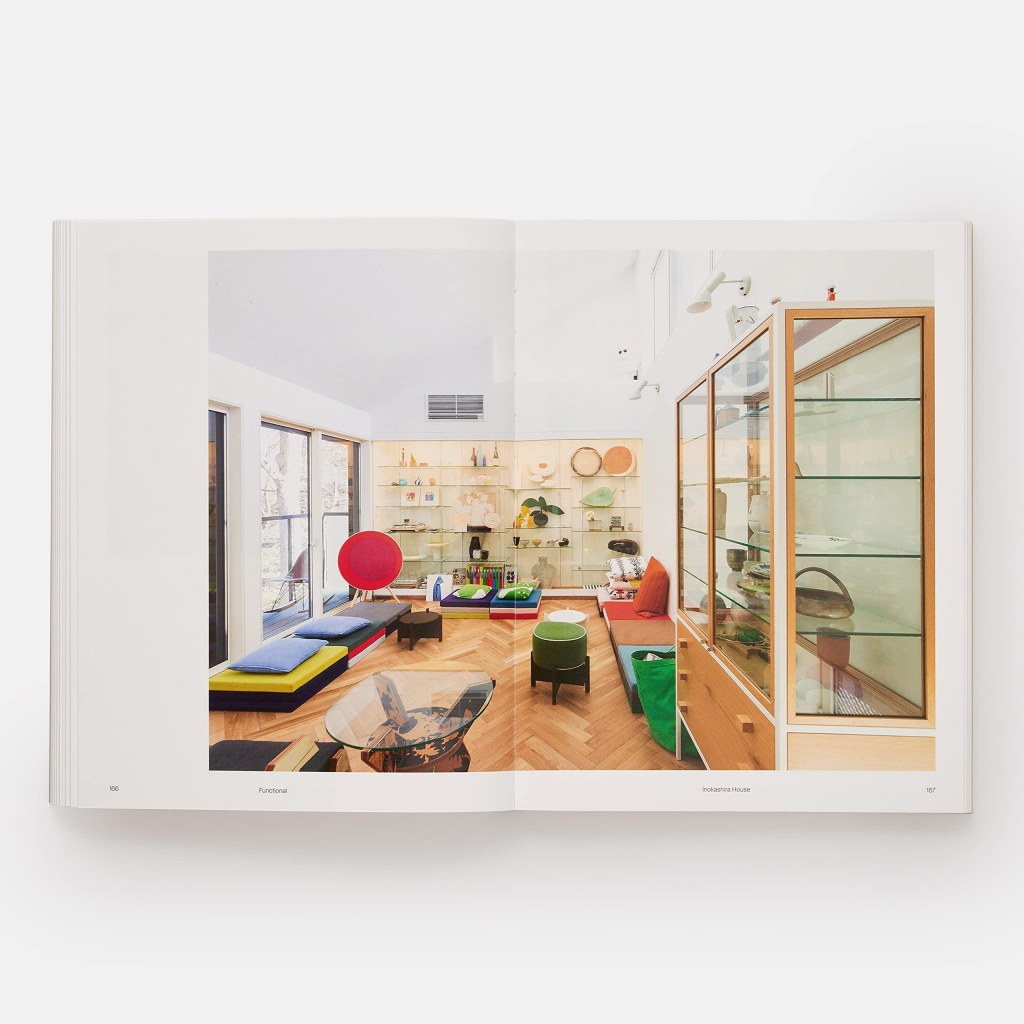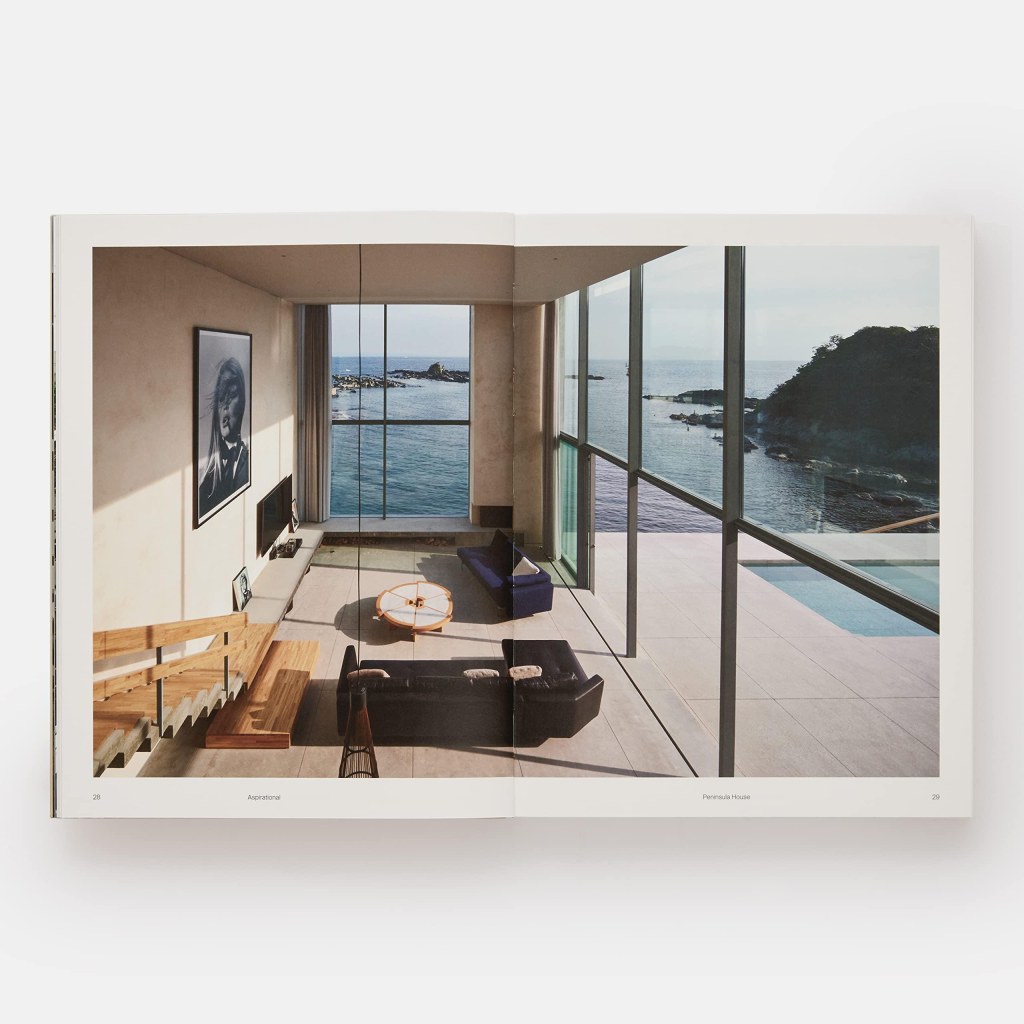Discover The Captivating World Of Japanese Interiors With Mihoko Iida: Unveiling Inspiration And Click To Explore!
Japanese Interiors: Exploring the Aesthetic Excellence of Mihoko Iida
Introduction
Welcome, Interior Enthusiast!
3 Picture Gallery: Discover The Captivating World Of Japanese Interiors With Mihoko Iida: Unveiling Inspiration And Click To Explore!



Today, we invite you to dive into the captivating world of Japanese interiors, with a particular focus on the remarkable works of Mihoko Iida. As a renowned Japanese interior designer, Iida has made a significant impact on the field, blending traditional Japanese aesthetics with modern sensibilities.

Image Source: farfetch-contents.com
In this article, we will take you on a journey through the artistry and sophistication of Japanese interiors, providing insights into Mihoko Iida’s unique style and the principles that guide her creations. Get ready to discover the essence of Japanese design and how it can elevate your living spaces to new heights.
Now, let’s delve into the world of Japanese interiors and unravel the secrets behind Mihoko Iida’s mesmerizing designs.
What are Japanese Interiors?

Image Source: weltbild.de
Japanese interiors are a manifestation of centuries-old traditions, influenced by Zen philosophy and the pursuit of simplicity, beauty, and harmony. These interiors embrace minimalism, natural materials, and an appreciation for craftsmanship, creating spaces that exude tranquility and elegance.
🌸 Japanese interiors emphasize the concept of Ma, which refers to the art of creating space. This involves carefully considering negative space, as it is believed to have equal importance to physical elements.

Image Source: weltbild.de
🌸 Balance and symmetry play a vital role in Japanese interiors, with careful consideration given to the placement of objects and furniture to achieve visual harmony.
🌸 The use of natural materials, such as wood, bamboo, and paper, is prevalent in Japanese interiors. These materials add warmth and organic textures to the space, promoting a sense of connection with nature.
🌸 Color palettes in Japanese interiors are often subdued, with an emphasis on earthy tones like beige, gray, and soft greens. This understated approach allows the natural beauty of materials and the play of light and shadow to shine through.
🌸 Japanese interiors also incorporate traditional elements such as tatami mats, sliding doors (shoji), and paper lanterns (akari), which add a touch of authenticity and cultural richness to the space.
Who is Mihoko Iida?
Mihoko Iida is a highly regarded Japanese interior designer known for her ability to infuse contemporary spaces with a sense of Japanese aesthetics. With a career spanning over two decades, Iida has garnered international recognition for her innovative designs that seamlessly blend tradition and modernity.
🌸 Born and raised in Kyoto, Japan, Iida’s upbringing in a city steeped in rich cultural heritage has greatly influenced her design philosophy and approach.
🌸 Iida’s designs reflect her deep understanding of Japanese spatial concepts, meticulous attention to detail, and commitment to creating harmonious environments.
🌸 While honoring tradition, Iida also incorporates contemporary elements into her designs, resulting in spaces that are both timeless and relevant to today’s lifestyles.
🌸 Throughout her career, Iida has worked on various residential and commercial projects, leaving her mark on hotels, restaurants, and private residences across the globe.
🌸 One of Iida’s notable achievements is her ability to create interiors that not only captivate visually but also evoke a sense of serenity and well-being in their occupants.
When Did Japanese Interiors Gain Popularity?
The popularity of Japanese interiors has been steadily growing worldwide. While the roots of Japanese design can be traced back centuries, it was during the late 19th and early 20th centuries that its influence began to spread beyond Japan’s borders.
🌸 The international recognition of Japanese design can be attributed to various factors, including the Japanese Pavilion at the 1904 World’s Fair in St. Louis. The pavilion showcased traditional Japanese architecture and craftsmanship, capturing the imagination of visitors from around the world.
🌸 The mid-20th century saw the emergence of influential Japanese architects and designers, such as Tadao Ando and Issey Miyake, who brought Japanese aesthetics to the global stage.
🌸 In recent decades, the concept of minimalism and the desire for peaceful living spaces have further propelled the popularity of Japanese interiors.
🌸 Today, Japanese design principles have become a source of inspiration for interior designers and homeowners worldwide, seeking to create spaces that evoke serenity, simplicity, and timeless elegance.
Where Can You Find Japanese Interiors?
Japanese interiors can be found in various settings, ranging from residential homes to commercial spaces. While Japan remains the epicenter of Japanese design, its influence has transcended borders and can be experienced globally.
🌸 In Japan, you can find stunning examples of Japanese interiors in traditional tea houses, ryokans (traditional inns), and temples, where the essence of Japanese design is palpable.
🌸 Internationally, hotels and restaurants often incorporate Japanese design elements to create serene and inviting atmospheres. These spaces offer a glimpse into the world of Japanese interiors, allowing visitors to immerse themselves in the artistry and refinement of this aesthetic.
🌸 Additionally, many homeowners around the world are incorporating Japanese design principles into their own spaces, creating personal retreats that reflect their appreciation for simplicity and natural beauty.
Why Choose Japanese Interiors?
Japanese interiors offer a myriad of benefits that make them an appealing choice for those seeking to enhance their living spaces.
🌸 Tranquility: The serene and minimalist nature of Japanese interiors creates a calming environment that promotes relaxation and tranquility.
🌸 Timeless Elegance: Japanese design embraces simplicity and natural materials, resulting in spaces that are elegant and timeless.
🌸 Connection with Nature: The use of organic materials and a focus on natural elements foster a sense of connection with the natural world.
🌸 Efficient Use of Space: Japanese design maximizes the use of space, making it ideal for smaller homes or rooms that require efficient utilization.
🌸 Balance and Harmony: The emphasis on balance and symmetry in Japanese interiors creates a harmonious and visually pleasing atmosphere.
Disadvantages of Japanese Interiors
While Japanese interiors offer numerous advantages, it’s essential to consider potential drawbacks before adopting this design style.
🌸 Limited Color Palette: Japanese interiors often feature subdued color palettes, which may not appeal to those who prefer bold and vibrant hues.
🌸 Minimalism: The minimalist nature of Japanese interiors may not suit individuals who prefer a more eclectic or opulent style.
🌸 Cultural Appropriation: It’s crucial to approach Japanese design respectfully and avoid cultural appropriation, appreciating its essence without misappropriation or insensitivity.
🌸 Maintenance: Some traditional Japanese elements, such as tatami mats, require specific care and maintenance to preserve their beauty and functionality.
🌸 Adaptability: Japanese interiors may require adaptation to suit individual lifestyles and functional needs, as some aspects of the design might differ from Western expectations.
FAQ
Q: Can Japanese interiors be incorporated into a modern home?
A: Absolutely! Japanese interiors can be seamlessly integrated into modern homes, creating a unique fusion of styles that enhances the overall aesthetic.
Q: What are some key elements of Japanese interiors?
A: Key elements include natural materials, minimalism, balance, and an appreciation for negative space.
Q: Are Japanese interiors suitable for small spaces?
A: Yes, Japanese design principles, such as efficient use of space and minimalism, are particularly well-suited for smaller homes or rooms.
Q: How can I incorporate Japanese design into my home without completely renovating?
A: You can integrate Japanese design elements through furniture, decor items, and strategic use of colors and textures.
Q: Is it necessary to have traditional Japanese elements in a Japanese-inspired interior?
A: No, while traditional elements such as tatami mats and shoji screens add authenticity, Japanese-inspired interiors can still be achieved without them.
Conclusion
Inspired by the refined aesthetics of Japanese interiors, you now possess the knowledge to infuse your living spaces with tranquility, elegance, and a touch of cultural richness.
By embracing the principles of Japanese design and drawing inspiration from the remarkable works of Mihoko Iida, you can create an environment that promotes well-being, harmony, and timeless beauty.
Take the first step towards transforming your home into a sanctuary that reflects the essence of Japanese interiors. Let the artistry of Mihoko Iida guide you on a journey of elevated living.
Disclaimer: The information presented in this article is for educational purposes only. The author and website do not endorse any specific interior designer or guarantee the outcomes of implementing Japanese design principles.
This post topic: Interiors

